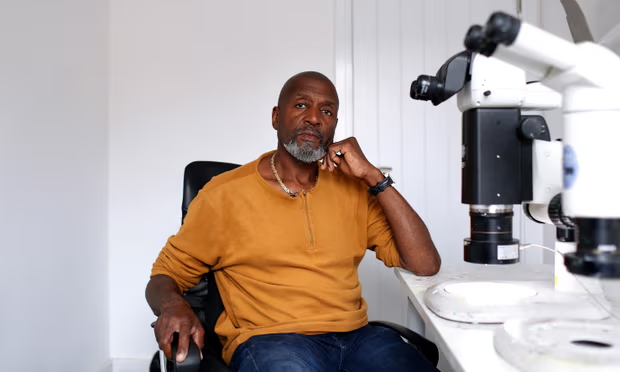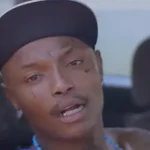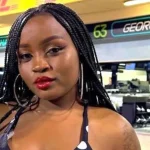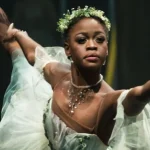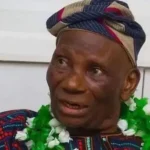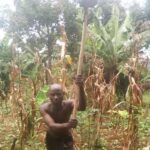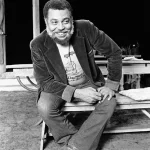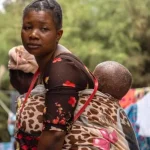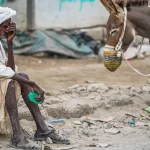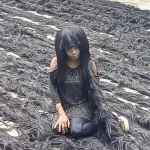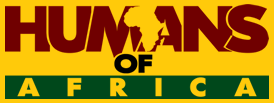Growing up as a kid in Wolverhampton, I was fascinated by insects. When I was five, my dog destroyed an ant nest and I was devastated. Trying to make it up to them, I started building little houses for the ants, using wood splinters and leaves.
I then moved on to making little cups and saucers from silver foil, thinking leprechauns would come to use them at the bottom of the garden. When my mother saw my work, she told me that the smaller I made things, the bigger my name would become.
As a teenager, I began working with new materials, and my designs became more complicated. Then one day when I was 15, my mother and I were watching a religious TV programme. Somebody on the show said: “It’s easier for a camel to pass through the eye of a needle than for a rich man to enter the kingdom of God.” My mother gave me a needle and said: “Why don’t you try to put a camel in there?” I’d been given a secondhand microscope as a present not long before, and this was the time to use it.
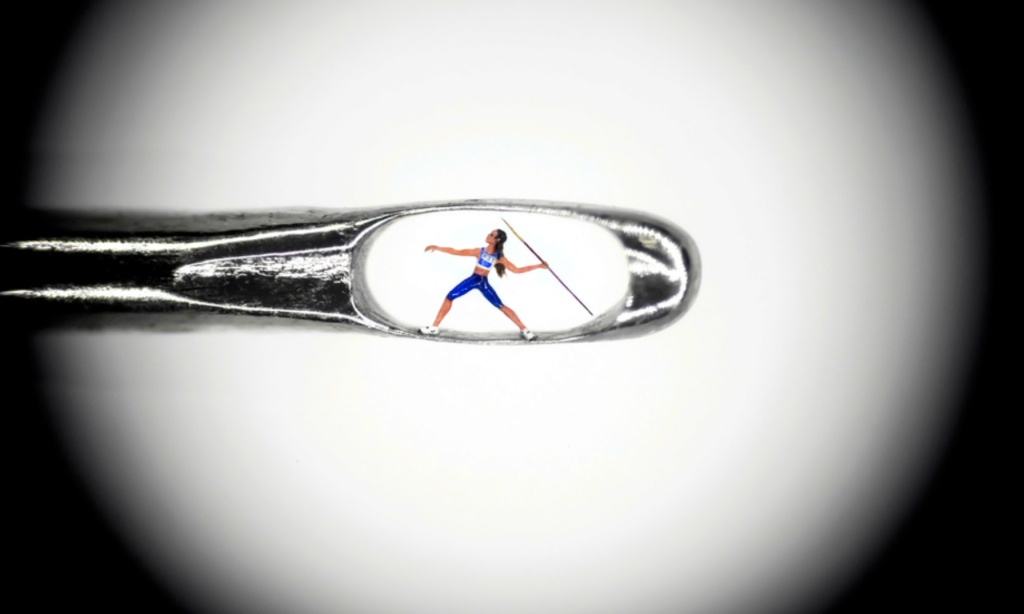
I chipped away at a piece of nylon thread with a broken piece of a razor blade, looking through the microscope. I made what looked like a camel – it was really more a cross between an elephant and a giraffe – and managed to squash it through the eye of a needle. My mum said she didn’t think it was small enough. She usually said that when she saw my work, which encouraged me to make things smaller and smaller.
I use many materials to create my sculptures, including 24-carat gold. I bend, carve and manipulate them using tools that I make myself – these include diamond fragments mounted on hypodermic syringes, pliers made from hairs, eyelashes and nylon fibres. I even use threads of spider web for bindings and glue, and eyelashes and strands of dog hair as paintbrushes.

